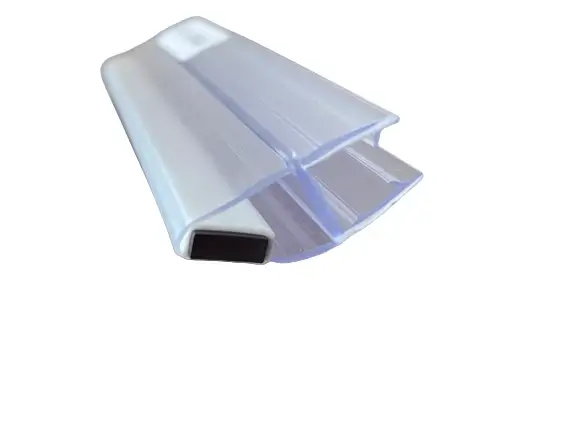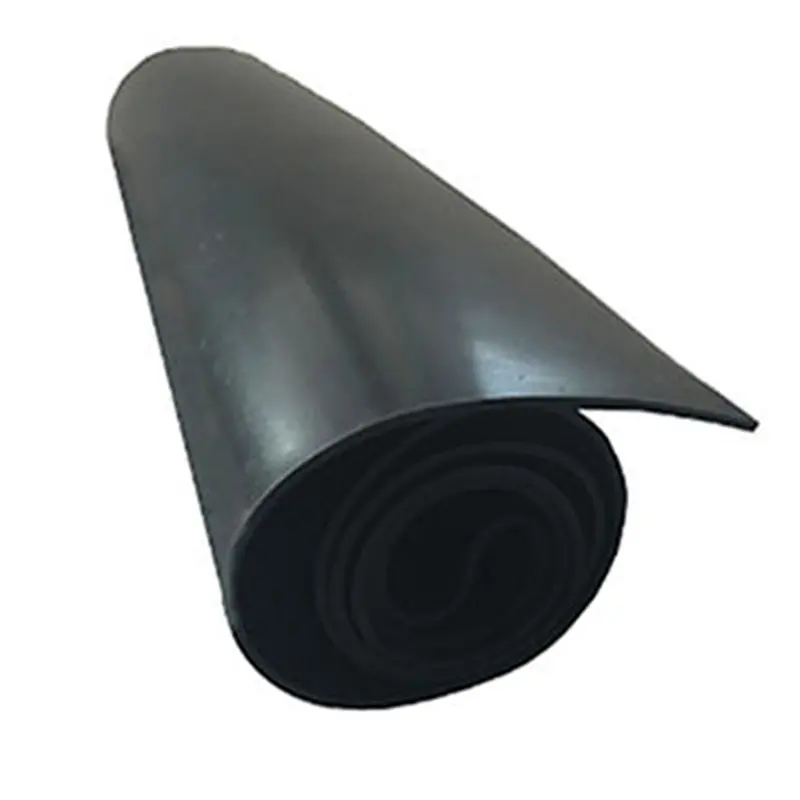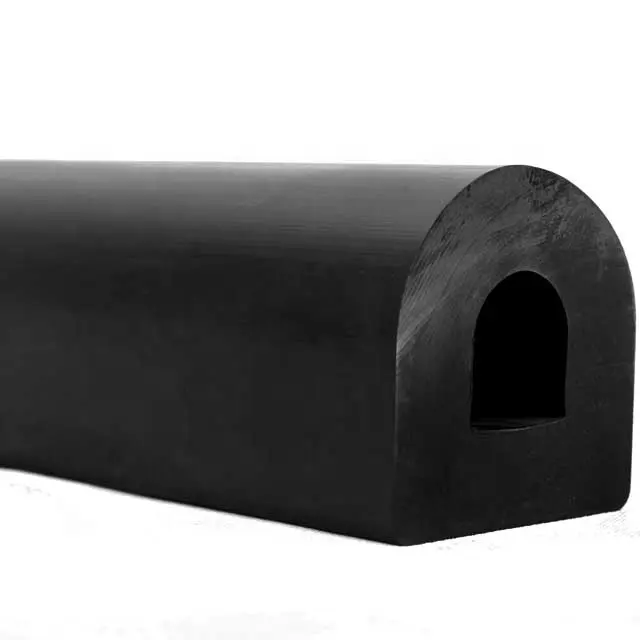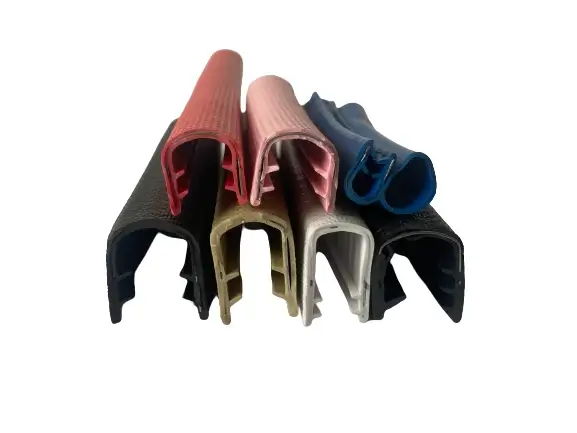Jun . 20, 2024 01:08 Back to list
Rubber seals for plastic steel doors & windows factory
Rubber Seals for Plastic Steel Doors and Windows A Comprehensive Guide
Plastic steel doors and windows are widely used in residential and commercial buildings due to their durability, energy efficiency, and low maintenance requirements. However, to ensure optimal performance and longevity, it is crucial to install high-quality rubber seals around these openings. This article provides a comprehensive guide to rubber seals for plastic steel doors and windows, including their types, functions, installation tips, and maintenance guidelines.
Types of Rubber Seals for Plastic Steel Doors and Windows
1. Door Bottom Seals These seals are installed at the bottom of the door to prevent air and water leakage. They are typically made of EPDM (ethylene propylene diene monomer) or silicone and come in various lengths and thicknesses to fit different door sizes.
2. Door Frame Seals These seals are installed along the edges of the door frame to create a tight seal between the door and frame. They are usually made of vinyl or foam and can be either self-adhesive or nailed in place.
3. Window Sill Seals These seals are installed at the bottom of the window sill to prevent water leakage. They are typically made of PVC (polyvinyl chloride) or aluminum and can be either pre-cut to size or custom-made to fit specific window dimensions.
4. Window Frame Seals These seals are installed along the edges of the window frame to create a tight seal between the window and frame. They are usually made of silicone or neoprene and can be either pre-cut to size or custom-made to fit specific window dimensions.
Functions of Rubber Seals for Plastic Steel Doors and Windows
1. Airtightness Rubber seals create a tight seal between the door or window and its frame, preventing air leakage and reducing heating and cooling costs.
2. Water Tightness Rubber seals prevent water leakage during heavy rainfall or snowmelt, protecting the interior of the building from moisture damage.
3. Noise Reduction Rubber seals absorb sound waves, reducing noise transmission between different rooms or between the building and the outside environment.
4. Weather Resistance High-quality rubber seals are resistant to extreme temperatures, UV radiation, and other weather conditions, ensuring long-lasting performance.
Installation Tips for Rubber Seals for Plastic Steel Doors and Windows
1
Installation Tips for Rubber Seals for Plastic Steel Doors and Windows
1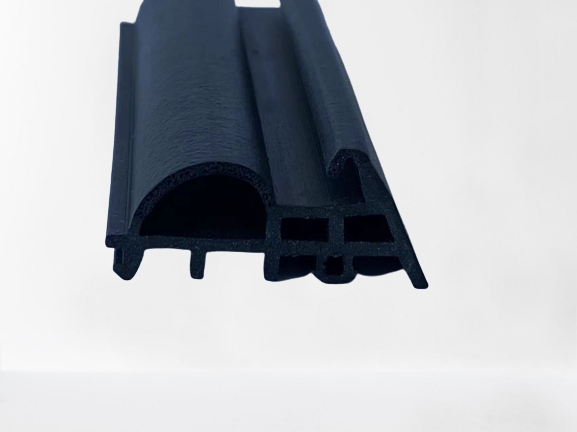 Installation Tips for Rubber Seals for Plastic Steel Doors and Windows
1
Installation Tips for Rubber Seals for Plastic Steel Doors and Windows
1
Installation Tips for Rubber Seals for Plastic Steel Doors and Windows
1
Installation Tips for Rubber Seals for Plastic Steel Doors and Windows
1 rubber seals for plastic steel doors and windows factory. Measure accurately Before purchasing rubber seals, measure the dimensions of the door or window opening and choose the appropriate size and type of seal.
2. Prepare the surface Clean the surfaces where the rubber seals will be installed to remove any dirt, debris, or.
3. Apply adhesive If the rubber seals require adhesive, apply a small amount of adhesive to the back of the seal and press it firmly into place.
4. Cut excess material Trim any excess material from the rubber seals using a sharp knife or scissors.
5. Smooth out wrinkles Use a flat object to smooth out any wrinkles or bubbles in the rubber seals.
Maintenance Guidelines for Rubber Seals for Plastic Steel Doors and Windows
1. Regular inspection Inspect the rubber seals regularly for signs of wear, damage, or discoloration. Replace any damaged or worn seals promptly.
2. Clean with mild soap Clean the rubber seals with mild soap and water to remove dirt, grime, and other debris. Avoid using harsh chemicals or abrasive cleaners that may damage the seals.
3. Avoid exposure to sunlight Prolonged exposure to sunlight can cause the rubber seals to deteriorate over time. Keep them out of direct sunlight whenever possible.
4. Apply lubricant Apply a small amount of silicone-based lubricant to the rubber seals periodically to reduce friction and extend their lifespan.
In conclusion, rubber seals play a crucial role in ensuring the performance and longevity of plastic steel doors and windows. By choosing the right type of seal, following proper installation guidelines, and maintaining them regularly, homeowners and business owners can enjoy improved energy efficiency, reduced noise levels, and enhanced protection against moisture damage.
rubber seals for plastic steel doors and windows factory. Measure accurately Before purchasing rubber seals, measure the dimensions of the door or window opening and choose the appropriate size and type of seal.
2. Prepare the surface Clean the surfaces where the rubber seals will be installed to remove any dirt, debris, or.
3. Apply adhesive If the rubber seals require adhesive, apply a small amount of adhesive to the back of the seal and press it firmly into place.
4. Cut excess material Trim any excess material from the rubber seals using a sharp knife or scissors.
5. Smooth out wrinkles Use a flat object to smooth out any wrinkles or bubbles in the rubber seals.
Maintenance Guidelines for Rubber Seals for Plastic Steel Doors and Windows
1. Regular inspection Inspect the rubber seals regularly for signs of wear, damage, or discoloration. Replace any damaged or worn seals promptly.
2. Clean with mild soap Clean the rubber seals with mild soap and water to remove dirt, grime, and other debris. Avoid using harsh chemicals or abrasive cleaners that may damage the seals.
3. Avoid exposure to sunlight Prolonged exposure to sunlight can cause the rubber seals to deteriorate over time. Keep them out of direct sunlight whenever possible.
4. Apply lubricant Apply a small amount of silicone-based lubricant to the rubber seals periodically to reduce friction and extend their lifespan.
In conclusion, rubber seals play a crucial role in ensuring the performance and longevity of plastic steel doors and windows. By choosing the right type of seal, following proper installation guidelines, and maintaining them regularly, homeowners and business owners can enjoy improved energy efficiency, reduced noise levels, and enhanced protection against moisture damage.
 Installation Tips for Rubber Seals for Plastic Steel Doors and Windows
1
Installation Tips for Rubber Seals for Plastic Steel Doors and Windows
1
Installation Tips for Rubber Seals for Plastic Steel Doors and Windows
1
Installation Tips for Rubber Seals for Plastic Steel Doors and Windows
1 rubber seals for plastic steel doors and windows factory. Measure accurately Before purchasing rubber seals, measure the dimensions of the door or window opening and choose the appropriate size and type of seal.
2. Prepare the surface Clean the surfaces where the rubber seals will be installed to remove any dirt, debris, or.
3. Apply adhesive If the rubber seals require adhesive, apply a small amount of adhesive to the back of the seal and press it firmly into place.
4. Cut excess material Trim any excess material from the rubber seals using a sharp knife or scissors.
5. Smooth out wrinkles Use a flat object to smooth out any wrinkles or bubbles in the rubber seals.
Maintenance Guidelines for Rubber Seals for Plastic Steel Doors and Windows
1. Regular inspection Inspect the rubber seals regularly for signs of wear, damage, or discoloration. Replace any damaged or worn seals promptly.
2. Clean with mild soap Clean the rubber seals with mild soap and water to remove dirt, grime, and other debris. Avoid using harsh chemicals or abrasive cleaners that may damage the seals.
3. Avoid exposure to sunlight Prolonged exposure to sunlight can cause the rubber seals to deteriorate over time. Keep them out of direct sunlight whenever possible.
4. Apply lubricant Apply a small amount of silicone-based lubricant to the rubber seals periodically to reduce friction and extend their lifespan.
In conclusion, rubber seals play a crucial role in ensuring the performance and longevity of plastic steel doors and windows. By choosing the right type of seal, following proper installation guidelines, and maintaining them regularly, homeowners and business owners can enjoy improved energy efficiency, reduced noise levels, and enhanced protection against moisture damage.
rubber seals for plastic steel doors and windows factory. Measure accurately Before purchasing rubber seals, measure the dimensions of the door or window opening and choose the appropriate size and type of seal.
2. Prepare the surface Clean the surfaces where the rubber seals will be installed to remove any dirt, debris, or.
3. Apply adhesive If the rubber seals require adhesive, apply a small amount of adhesive to the back of the seal and press it firmly into place.
4. Cut excess material Trim any excess material from the rubber seals using a sharp knife or scissors.
5. Smooth out wrinkles Use a flat object to smooth out any wrinkles or bubbles in the rubber seals.
Maintenance Guidelines for Rubber Seals for Plastic Steel Doors and Windows
1. Regular inspection Inspect the rubber seals regularly for signs of wear, damage, or discoloration. Replace any damaged or worn seals promptly.
2. Clean with mild soap Clean the rubber seals with mild soap and water to remove dirt, grime, and other debris. Avoid using harsh chemicals or abrasive cleaners that may damage the seals.
3. Avoid exposure to sunlight Prolonged exposure to sunlight can cause the rubber seals to deteriorate over time. Keep them out of direct sunlight whenever possible.
4. Apply lubricant Apply a small amount of silicone-based lubricant to the rubber seals periodically to reduce friction and extend their lifespan.
In conclusion, rubber seals play a crucial role in ensuring the performance and longevity of plastic steel doors and windows. By choosing the right type of seal, following proper installation guidelines, and maintaining them regularly, homeowners and business owners can enjoy improved energy efficiency, reduced noise levels, and enhanced protection against moisture damage. 
